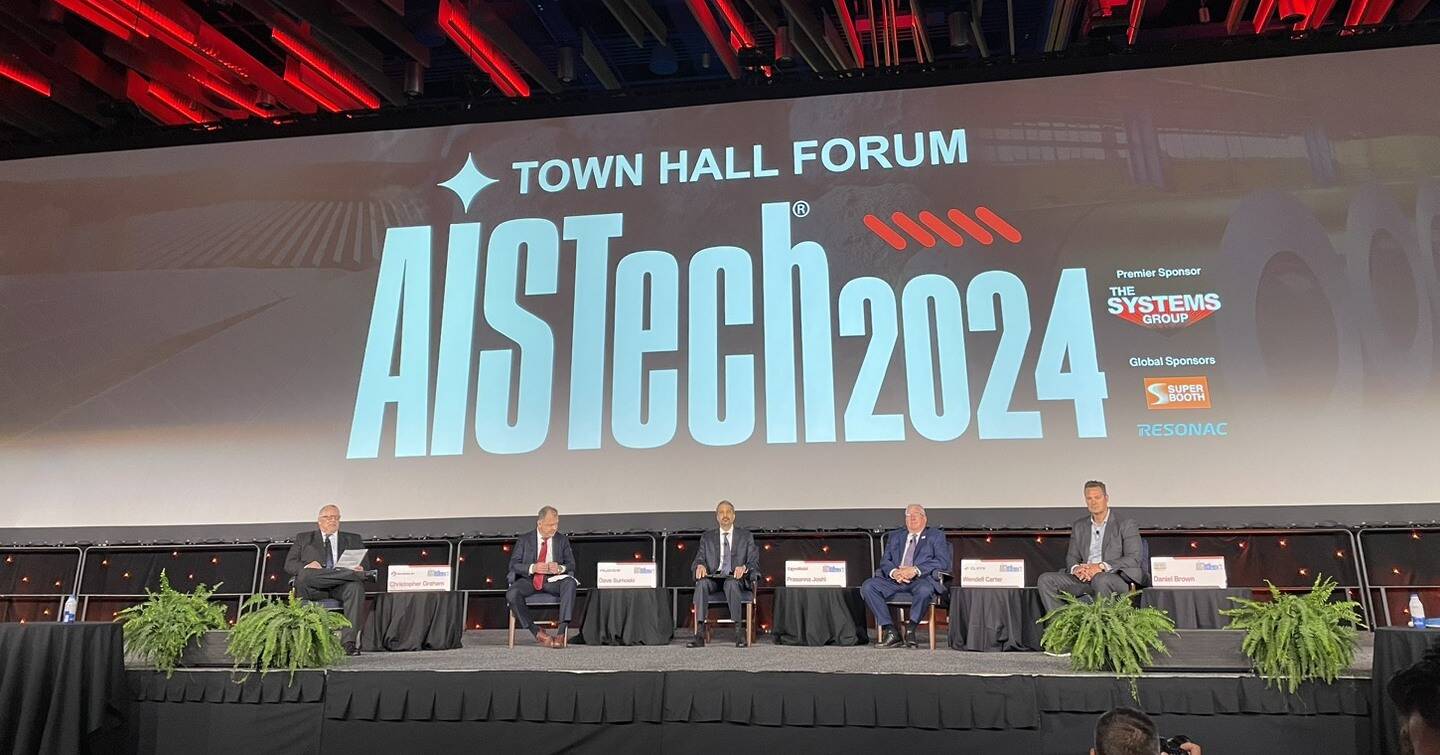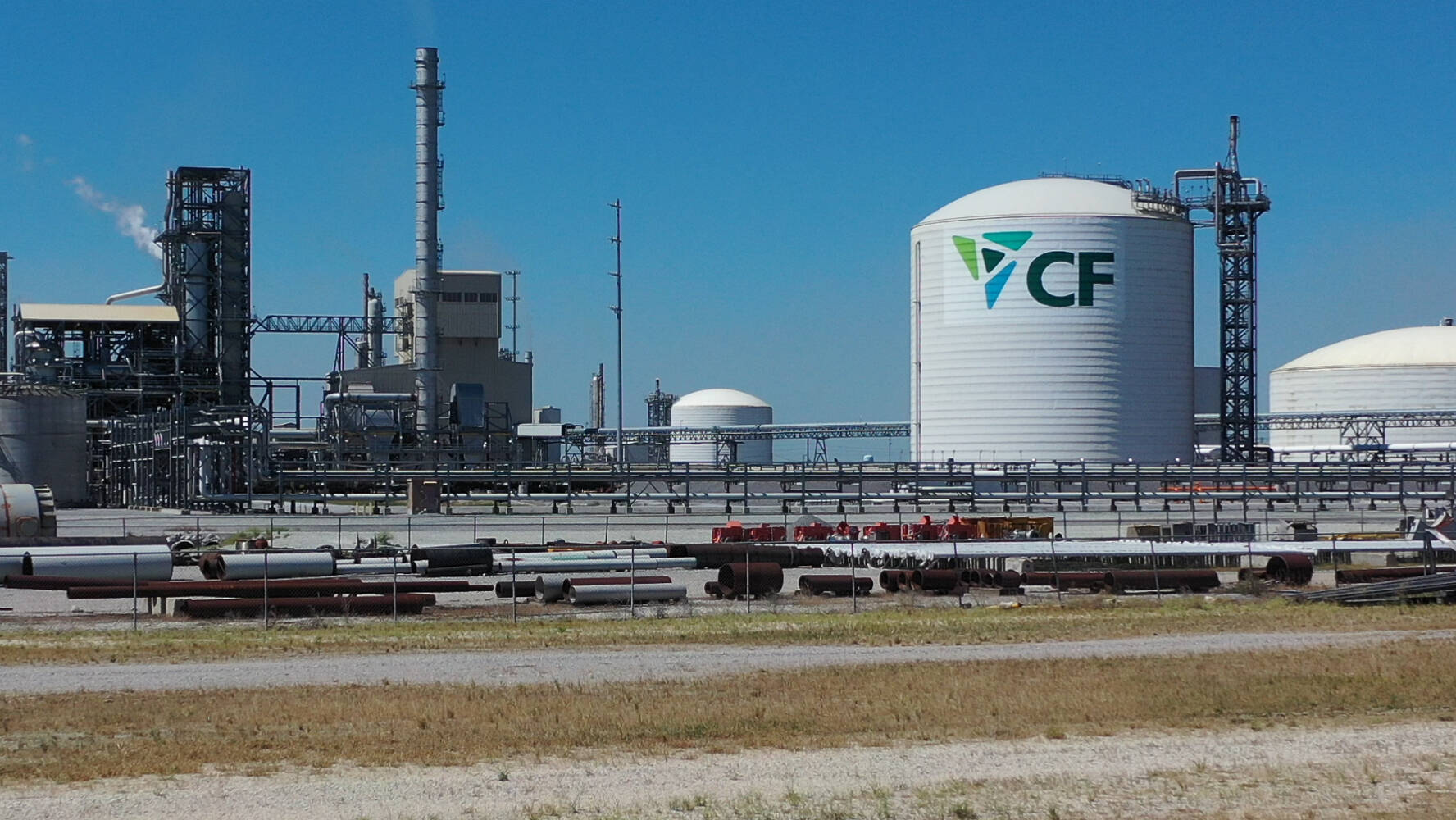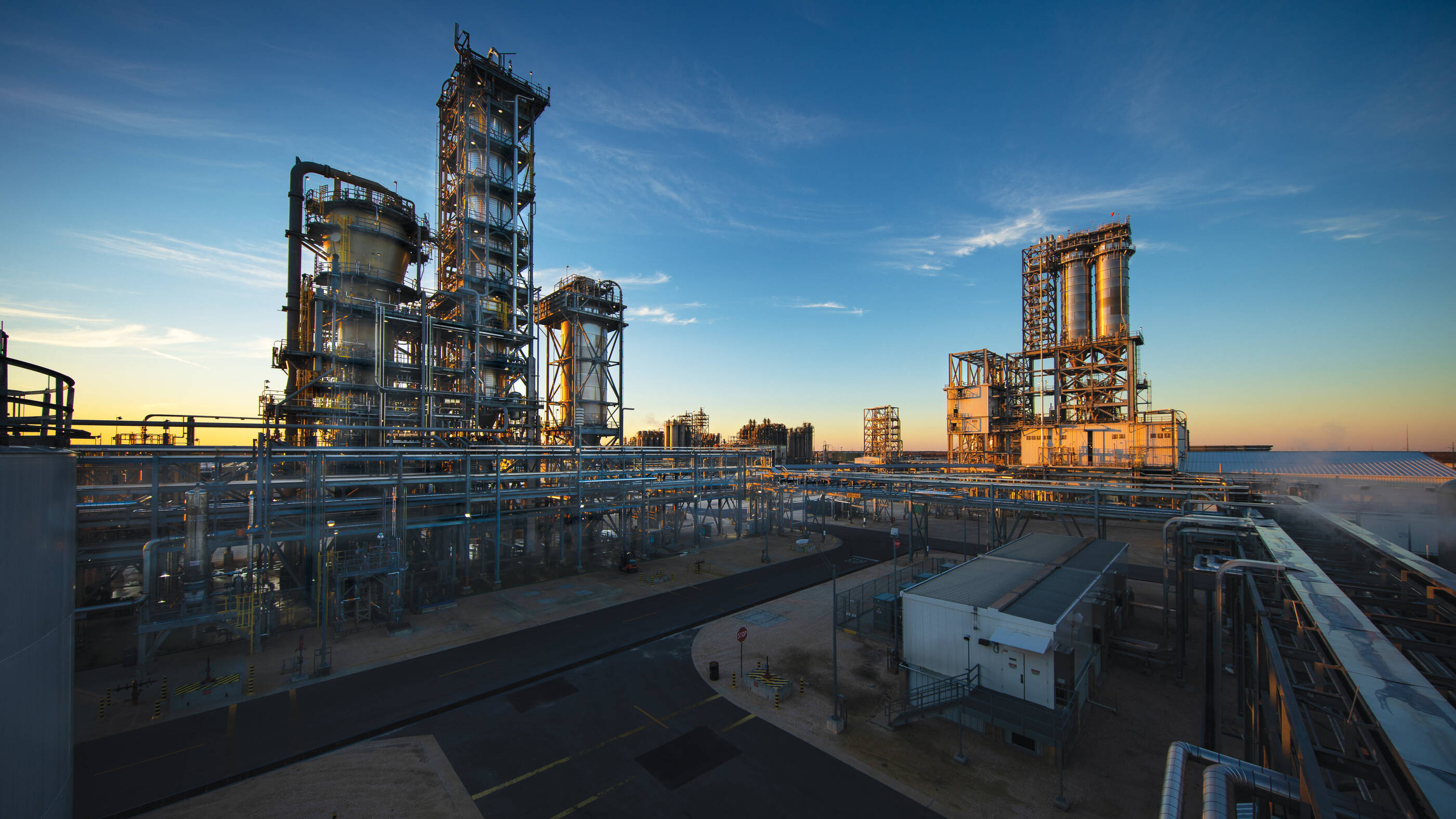selected item
3 min read
• May 13, 2024Forging a new role: helping steelmakers reduce emissions
Key takeaways:
- Reducing emissions from steel is essential for a net-zero future.
- We offer a range of solutions, including CCS, hydrogen, natural gas.
- Innovation and collaboration will be critical.
3 min read
• May 13, 2024“Hey, what’s ExxonMobil doing at a steel conference?”
I’m sure this question crossed the minds of at least some of the 8,000 people who attended AISTech last week in Columbus, Ohio, where ExxonMobil had a visible presence for the first time.
Sure, we’ve worked with steelmakers for years, as a customer and as a partner on pipeline technology and the development of specialty steels.
But showing up in a big way at the largest North American iron and steel technology conference … to talk about how we can help the industry reduce CO2 emissions?
That’s new.
And it’s the latest sign of how we’re evolving to help accelerate progress toward climate goals, by providing solutions for heavy industries like steel to drastically cut their emissions.
A range of solutions
The industrial sector currently accounts for a quarter of global energy-related CO2 emissions, with steel alone accounting for about 8 percent. So reducing emissions from the steel industry will be integral to meeting global climate goals.
Today, we offer proven solutions that can reduce emissions by 60 percent or more. They include:
- Carbon capture and storage (CCS), a technology that prevents CO2 emissions from reaching the atmosphere. We’re a global leader in CCS, and last year signed a CO2 capture, transport and storage agreement with Nucor, one of the largest steel producers in North America.
- Low-carbon hydrogen, which can reduce CO2 emissions from steelmaking by up to 80%1 compared to coal (still the industry’s top fuel choice). We’re planning to build the world’s largest low-carbon hydrogen plant in Baytown, Texas.
- Natural gas: Like hydrogen, natural gas can replace coal as both a fuel and a feedstock. We’re one of the largest gas producers in North America, and we offer natural gas with a lower carbon intensity2 than most others.
No “one size fits all”
Which solution is best for steel? The answer will vary by facility – depending on a range of factors, including the location, the type of steelmaking process, the fuel and feedstock options, and government policies.
In other words, there’s no “one size fits all” solution. In fact for some customers, the answer may be “all of the above.”
The good news is we have the expertise to assess different decarbonization pathways for steel and other industrial customers, then design and implement the best, most cost-effective options.
We “get” steel companies because our industries have a lot in common.
We both make products essential to modern life and economic growth. We’re both rooted in science, particularly chemistry. And we both operate facilities that are hard to decarbonize.
For both energy and steel, innovation and collaboration will be key. I see opportunities to work together to develop next-generation solutions that can reduce emissions all along the steelmaking process.
Transforming for the future
As I told attendees at the AISTech conference, the steel industry is undergoing a transformation to meet rising demand for steel while also reducing emissions.
We're transforming, too. In the past three years, we’ve built a new business focused on scaling up solutions for industry, like CCS and hydrogen. We’re applying our capabilities in technology and engineering in entirely new ways to meet the world’s evolving needs. And customers are taking notice.
So, what are we doing at a steel conference? Plenty.
Prasanna Joshi is Vice President, Low Carbon Solutions Technology.

- ExxonMobil analysis based on Agora Industry, Wuppertal Institute and Lund University (2024): Low-carbon technologies for the global steel transformation. A guide to the most effective ways to cut emissions in steelmaking, Figure 4
- Natural gas expected to be produced with net zero Scope 1 and 2 GHG emissions from ExxonMobil operated unconventional facilities in the Permian Basin, and used at ExxonMobil’s facilities in the U.S. Gulf Coast. Slide reflects potential opportunities as of March 28, 2023. May not reflect all potential opportunities or final investment decisions made by the company. Individual opportunities may advance based on a number of factors, including availability of supportive policy, technology for cost-effective abatement, and alignment with our partners and other stakeholders. Project viability and returns may vary. The company may refer to these opportunities as projects in this presentation or external disclosures at various stages throughout their progression.
Newsroom
Stay up to date with the latest news and information
Explore more

Low-carbon ammonia: Reducing emissions, energizing industry
3 min read
• May 8, 2025
What is direct air capture (DAC) technology?
2 min read
• Sept. 9, 2024





